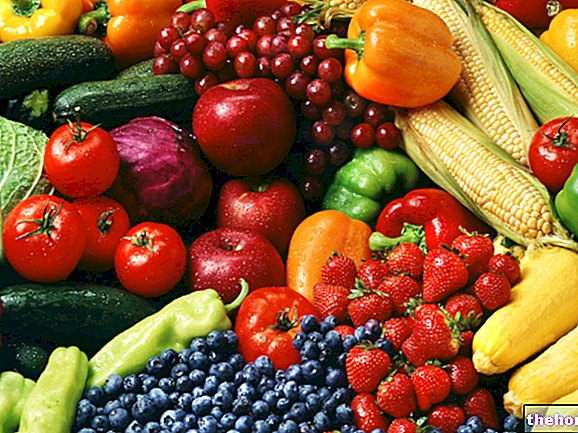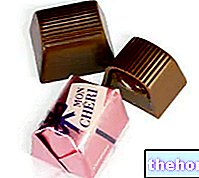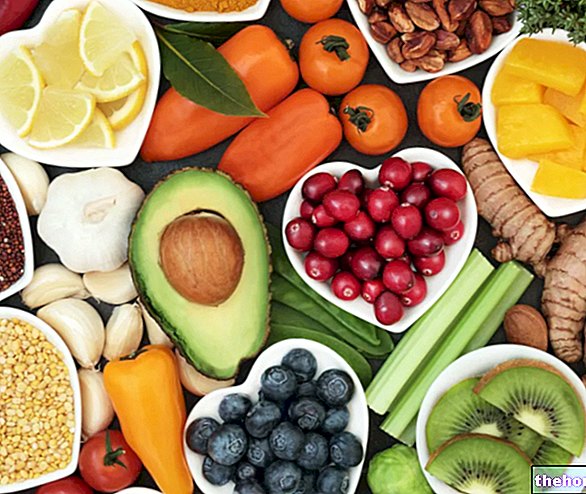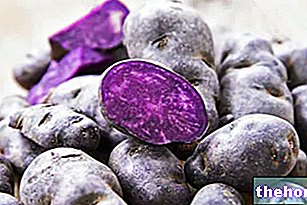Chocolate is an irresistible delicacy not only for man, but also for his most faithful friend.
The relationship between dogs and chocolate is however a dangerous relationship, as this food - although much appreciated by the animal - contains a particular substance, theobromine, responsible for an intoxication that can even be fatal.
Symptoms and Lethal Dose

Since theobromine is found in cocoa (which is present in different percentages in the various types of chocolate), it is difficult to establish a threshold value beyond which the food is harmful.
Typically, for an 11 kg dog, signs of toxicity appear after ingestion of about 200 grams of chocolate; such symptoms include
- He retched,
- diarrhea,
- restlessness,
- labored breathing,
- muscle tremors
- convulsions.
In severe cases, these symptoms can result in death.
The lethal dose (ie the fatal one for 50% of the dogs in the sample) is 330 mg of theobromine per kg of weight; considering that in cocoa we find approximately 1.4% (from 0.6 to 2% depending on the source), the lethal dose for the dog in the previous example is about 260 grams of cocoa.
At this point, if we assume that we have a dark chocolate with a percentage of cocoa equal to 65% and a milk product in which this value drops to 30%, the lethal dose of chocolate for our 11 kg dog will be 400 grams. for the dark chocolate and 866 grams for the milk one; white chocolate, on the other hand, has a theobromine content so low (practically zero) that poisoning is completely unlikely.
Beyond the lethal dose, it is important to remember how serious disorders arise in animals already at significantly lower doses; in a small dog, for example, 20-30 grams of flux are generally sufficient to trigger the first clinical signs.
What to do if the dog has ingested chocolate
Induce Vomiting
If you realize that the animal has ingested large quantities of chocolate but does not yet show symptoms of intoxication, you can intervene by inducing vomiting; for this purpose one or two teaspoons can be given (depending on the size of the animal, or 3ml per 10 kg of weight) of a common solution of hydrogen peroxide at 3% 10 vol., diluted 1: 2 in water (therefore one part of hydrogen peroxide and two parts of normal water).
Alternatively, you can dissolve a tablespoon of coarse salt in a little water and make the dog drink it forcibly.
If all this does not produce the desired reaction within about ten minutes, it is important to immediately run to the vet, who can administer emetic drugs (which cause vomiting).
Contact the veterinarian
If, on the other hand, the symptoms of an intoxication are already present, it is good to do nothing and immediately seek veterinary medical care, which usually includes a gastric lavage and / or the administration of medicines to counteract the symptoms of poisoning (for example antiarrhythmics and anticonvulsants ) and fluids to prevent dehydration induced by diarrhea and vomiting.
The next time your dog asks you with all his extraordinary persuasion for a bit of chocolate, keep these indications in mind: a small piece is practically harmless, but it is very important not to overdo it.




























